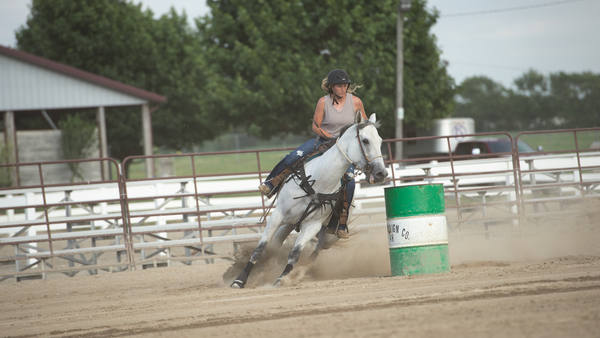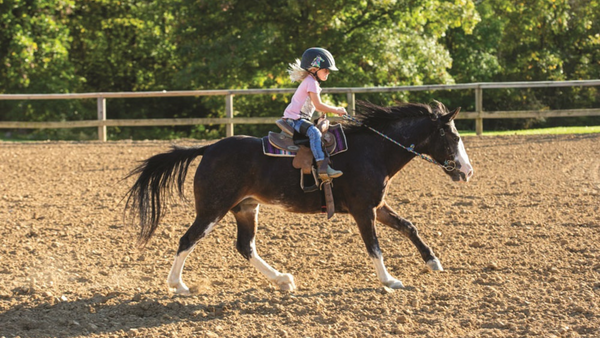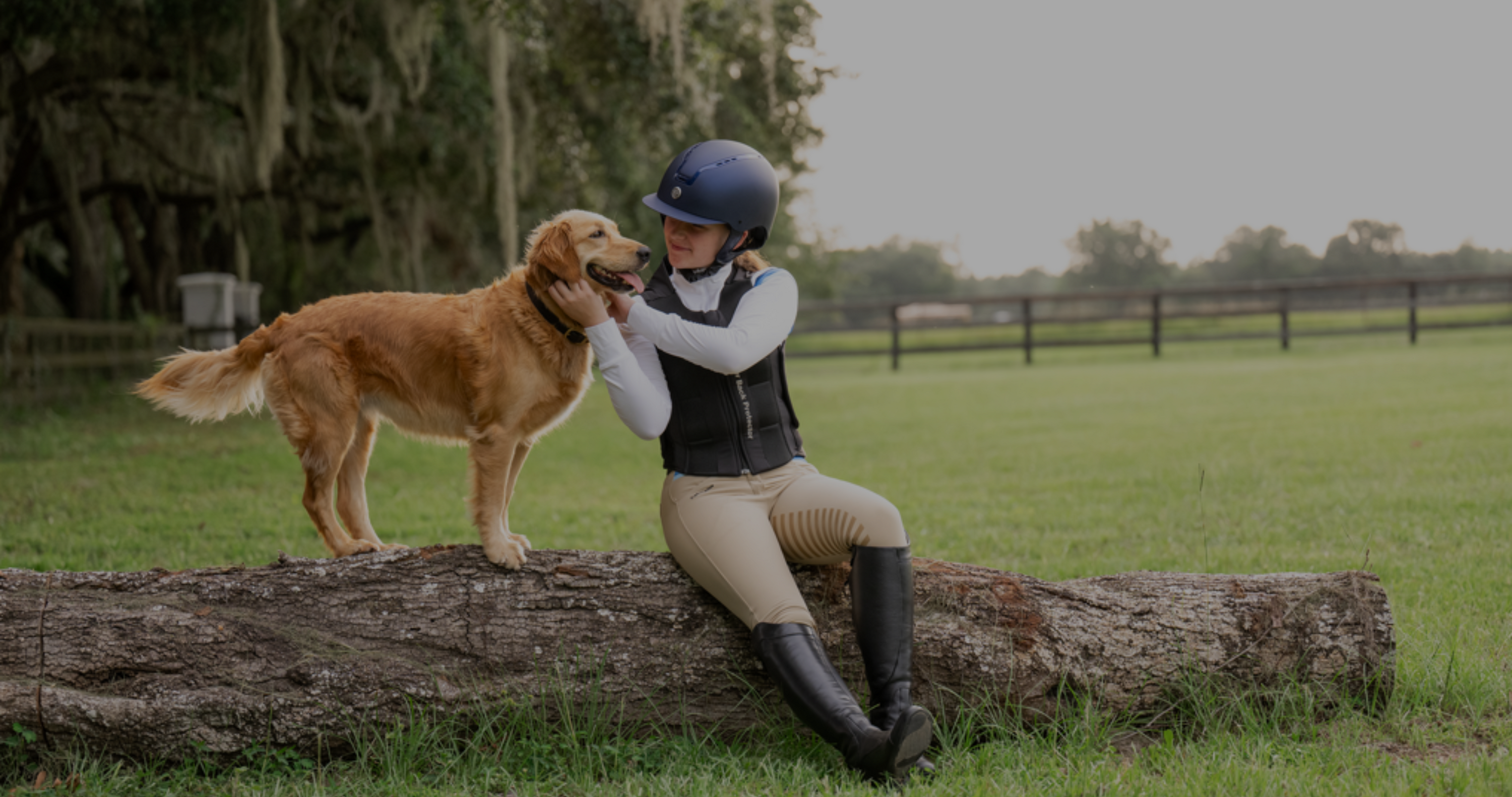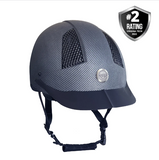Did you know that a study published in the Journal of Neurosurgery found that horseback riding contributed to 45.2 percent of all sports-related brain injuries? Many think of concussions as almost a joke, saying merely that someone “had their bell rung” or is just “seeing stars.” However, this couldn’t be further from the truth. Suffering from a traumatic brain injury is serious. Patients that have suffered from even a mild traumatic brain injury (mTBI) have reduced cognitive performance on tasks that assess attention, memory, executive function, and information processing, even more than 3 months out from the initial injury.

Unfortunately, horseback riding is a repeat offender when it comes to causing concussions and head injuries. Equestrian sport carries a higher injury rate per hour of exposure than downhill ski racing, football, hang-gliding and motorcycle racing according to the University of Connecticut. And, this risk is statistically similar across all riding disciplines. Even Western riders should make sure they wear the best horseback riding helmet every time they ride, even if it’s not the “cool” thing to do at a rodeo. You won’t regret it when your helmet saves your life in a freak accident!
This International Helmet Awareness Day, take the time to mind your melon, every ride. But, don’t just throw on any old helmet. The best horse riding helmets fit perfectly, which is crucial for your safety. ASTM/SEI-certified helmets reduce horse-related head injuries by 30 percent and severe head injuries by 50 percent. SEI Testing is extremely thorough and uses computer senses throughout the testing process to document the force of impact. Simplified, the four-step process looks like this:
- The helmet is dropped onto a flat anvil from a height of six feet from various angles and directions.
- The helmet is also dropped onto an anvil with a sharp corner to simulate the impact incurred from a rider’s head hitting a jump or the strike of a horse’s hoof.
- Then the helmet is placed on a head form that is comparable to human bone structure; with straps in place, the helmet is weighted, then dropped. The straps cannot stretch beyond a specified amount.
- The helmets are further tested for the three parameters above--concussion and retention--following freezing to minus 20o F, heating to 120 o F, and submergence overnight in water.
Safety doesn’t have to be expensive, and nothing proved that more than the results of the Virginia Tech STAR Helmet Study. In this study, our TuffRider Carbon Fiber Print Helmet came in second place in the 2022 ratings. This means that our best horseback riding helmet that sells for under $60 out-performed helmets that were well over $600.
Brand, price, and style don’t define whether or not a children’s riding helmet is safe. Instead, the helmet that fits you is the best horseback riding helmet. Fitting a helmet isn’t rocket science. You can easily learn how to fit a helmet to your own or someone else’s head right here, in this blog.

The best horse riding helmet matches your discipline. For example, if you’re competing in the hunter/jumper ring, you wouldn’t want to wear a bright pink or leather helmet. But if you’re riding in a rodeo, a leather helmet would be perfectly acceptable. Learn more about discipline-specific helmets here.
Just in time for International Helmet Awareness Day, we have developed three new helmets, all from our in-house brand TuffRider: the Ultimate Wide Brim Helmet, Essential Helmet, and Guardian Wide Brim Helmet. All three of these helmets are SEI / ASTM F1163-15 certified.
Both of these best horseback riding helmets feature an ABS outer shell and EPS inner layer. The ABS outer shell helps to distribute and absorb the force of any impact, thereby reducing the risk of injury. The EPS inner layer adds extra protection by reducing the amount of energy transferred to a rider's head during an impact. This inner layer is composed of beads that burst when an impact occurs, which helps to absorb and dissipate some of the force of the impact and protects the rider from the full force of the accident.

The best horse riding helmets offer protection from both sun and injury, like the Ultimate Wide Brim Helmet and the Guardian Wide Brim Helmet. The wide brim extends further out from the face of the rider than traditional helmets and blocks the harmful rays of the sun, similar to a ball cap or visor. While both helmets have a comfort padded leather harness lined with suede, there are stylistic differences between the two helmets.
Available in both navy and black, the Guardian Wide Brim Helmet features a matte finish with ventilation slots in the trim for a sleek look. The Ultimate Wide Brim Helmet is only available in black, however it features a carbon fiber look-alike insert that catches the light with a glossy finish. The TuffRider Essential Helmet looks very similar to the Guardian Wide Brim Helmet, however it has a standard brim and also features a gloss ventilated trim on a matte finish for a modern look.
In honor of International Helmet Awareness Day, check the expiration date on your helmet and think about the last time you fell off. Do you need to replace your helmet? Learn more about the best horse riding helmets for you on this blog.
Shop our collection of riding helmets and safety gear here.



